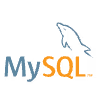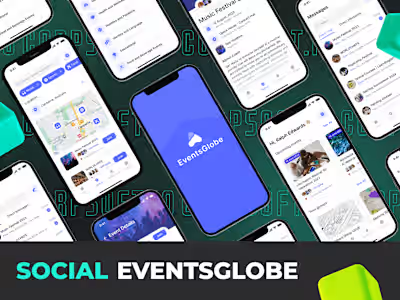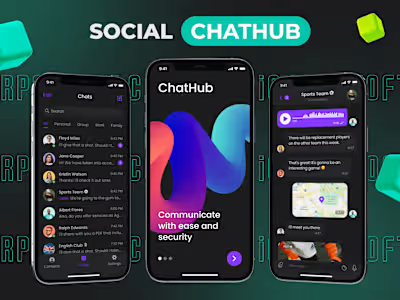Networking platform development with custom video space
Start from: startup MVP development
The Weconnect platform is one of the projects we created in collaboration with the Japanese Startup Factory. Our partnership started more than 2 years ago, and since then we’ve successfully launched 6 startups in different niches. What a time! Our team covered technical implementation and launching of custom web applications development, while our partner took care of the startup’s marketing.
The idea of this project was born as a response to the trend of workflow digitalization and the blurring of the boundaries as such. The main idea of the platform is to allow users to create lounge space with rooms and work remotely via video communication from any corner of the planet. Hence the name of the project.
How does it work?
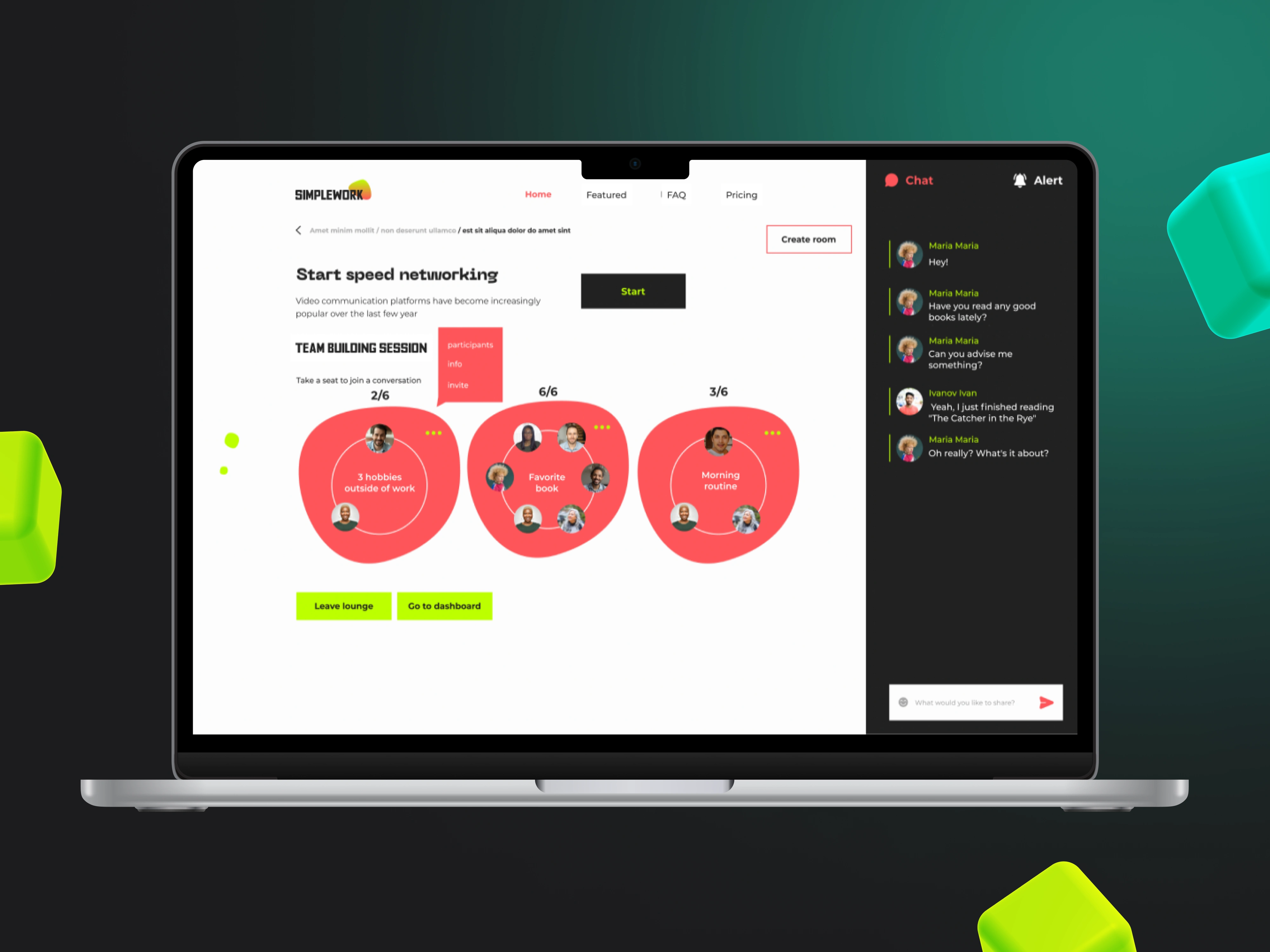
Networking platform description
Our team has created a platform that provides a virtual meeting space similar to coworking rooms and open-space offices. The primary communication tool here is video calls, but there is also an option to write private or group messages in the room or lounge chat.
There are two parties on the platform, the hosts and the attendees. The first ones can open and set up lounge spaces and rooms, while the attendees can freely move around the host’s rooms and chat with other table guests. The conversation topics can be networking, knowledge sharing, specific topic discussion, coffee breaks, and limited consultations.
Other useful features are also implemented here:
quick 1-1 networking – attendees are selected randomly;
group calls in rooms of up to 6 people;
ticket purchase for events created in advance by the host;
subscription with extended access to various features, and much more.

Value provided through networking platform development
The team provided a complete product after 6 months of active development. During this term we managed to make a proof of concept, develop an MVP and, through additional functionality, produce a competitive web app ready to be launched on the market.
It is worth noting that the platform was the first such digital product in the Asian market, offering people a fully localized virtual space for networking and fast information exchange. It soon became popular in Japan, and now there are plans to expand it to other Asian markets.
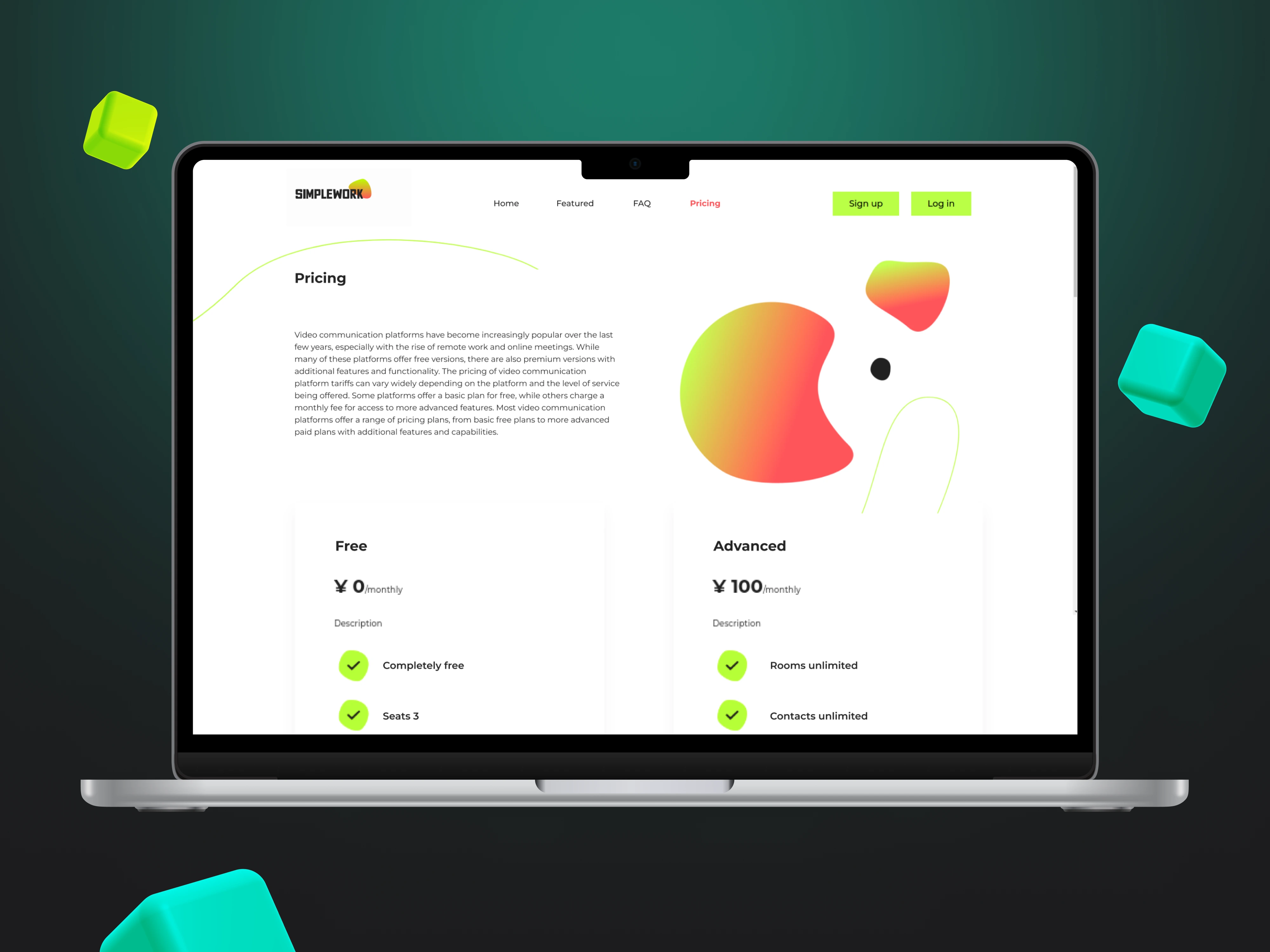
Key Highlights & Challenges
Some several key features and solutions have made this product such a success:
1. Lounge functionality
Imagine being in a spacious room with a lounge area with lots of seats and tables, and separate rooms for 6 people. You can take any available seat in the lounge or room and interact with people at the same table. We’ve created a virtual analog of just such a place.
Depending on the event topics, people can either attend group discussions on one topic or “move around” from table to table and participate in local conversations.
Another feature is quick 1-1 networking, where interlocutors are chosen randomly. The function allows meeting new interesting people, finding out their opinion on some issue, or sharing impressions.
2. Freemium subscription basis
Through the integration with Stripe, hosts can sell tickets to their virtual events and thus make some money. This feature is available by subscription, which also allows them to expand the room capacity from 3 to 6 people, and the number of lounge spaces and rooms up is unlimited.
3. Custom and dynamic UI
Since streaming platforms are common things on the market, we needed to develop a UI design that would be familiar and understandable for users, at the same time encouraging and eye-catching.
While developing the UI, we analyzed competitors’ color and logic solutions to create a catchy product and designed the visual component of the platform’s brand. We also improved the UX for more native user interaction with the platform.
As a specific priority, we focused on localization and cultural adaptation of the product to local audiences, using design tools.
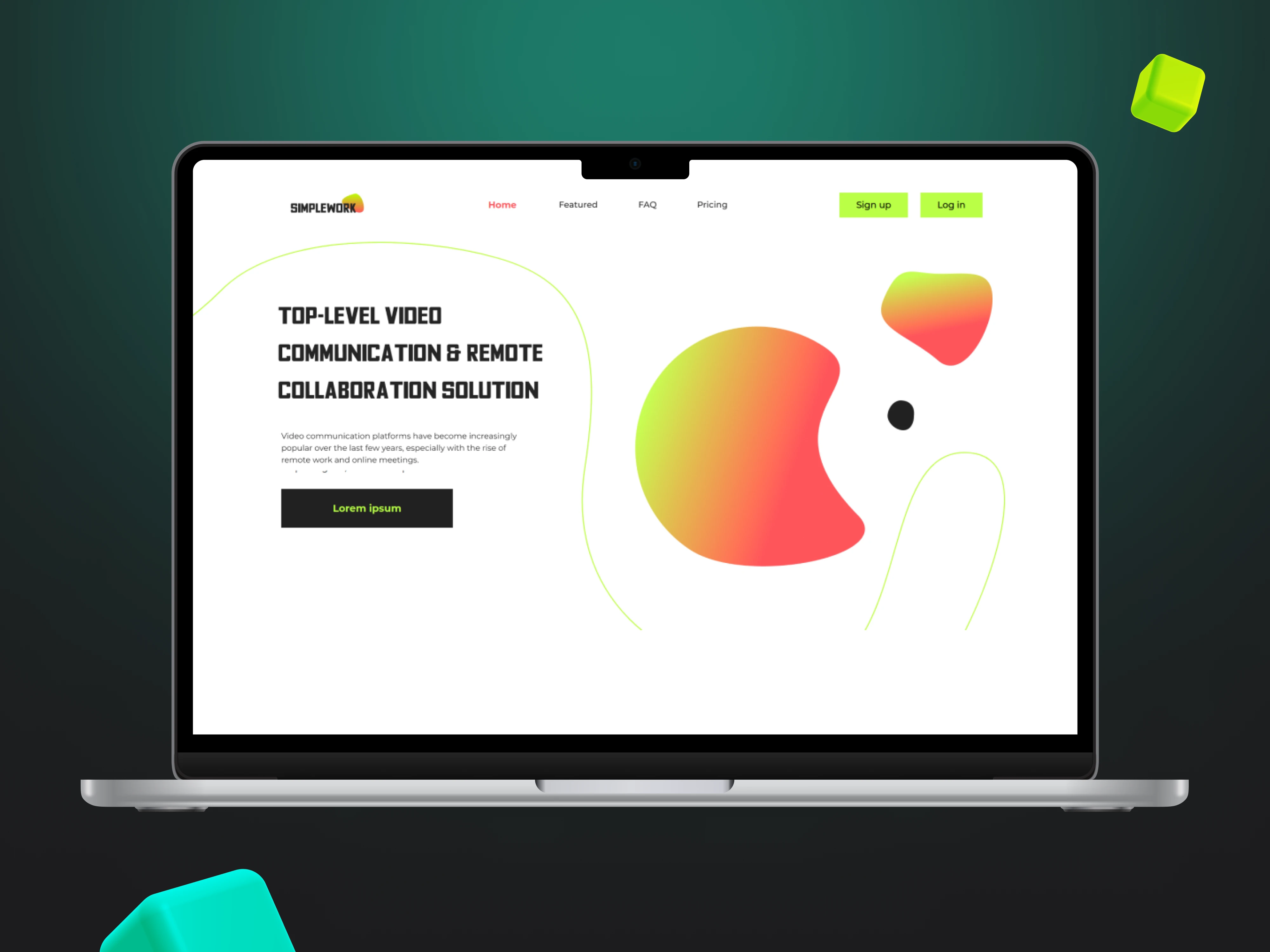
Technology aspects of networking platform development
For the complex work on the platform, we chose the following tech stack: PHP 7.4, HTML 5, Vue.js, and MySQL, as these solutions enabled us to implement multi-user interaction on the platform, video chat, and streaming functions, as well as a user-friendly interactive design.
Additionally, we used tools such as Gmail, Zoom, Slack, and Google Spreadsheets.
Like this project
Posted Apr 9, 2024
The main idea of the platform is to allow users to create lounge space with rooms and work remotely via video communication from any corner of the planet.
Likes
0
Views
7


